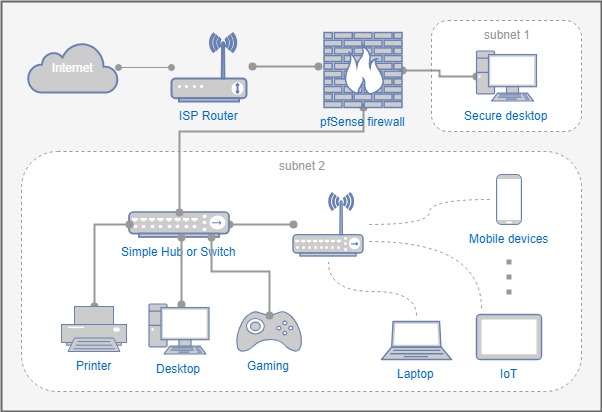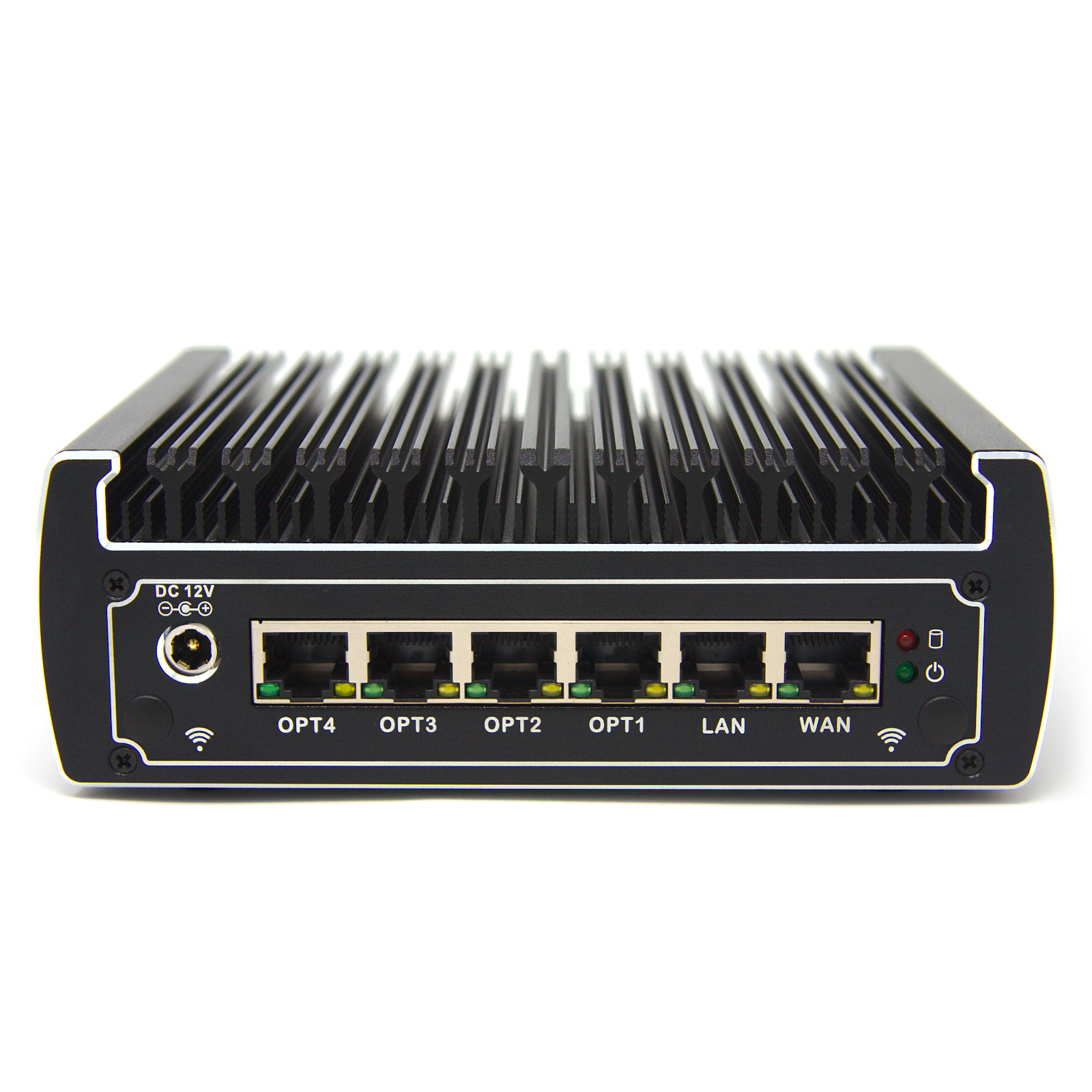- Sep 6, 2003
- 11,727
- 46
- 91
My current network set is a basic home setup - coax comes in and is connected into a cable modem, which then goes into a router. After that it goes throughtout my condo via CAT5E to multiple GbE switches for wired and then the main router is a older "N" router, while at the other end of the condo is a "AC" based AP. This setup has served me well but the 2 current routers are being replaced because they have been dropping their WIFI abilities. I have a pair of "N" routers that will run the IOT devices and have a pair of Asus AX routers inbound for the other part of the LAN.
Now what I want to acquire - add a different network that has internet availability, with the ability to have ports forwarded to this 2nd network as well as having it able to go online. What I need to acquire is to keep these 2 networks from comminicating with each other or even being able see each other. Reason being is that I am slowly acquiring IOT devices and would like the IOT devices (Smart Outlets, Electrical Switches, Cameras, etc) which will be in the "N" LAN to be out of site from the "AX" LAN.
I have enough routers, switches & computers to accomplish this (4 routers of different generations, 5+ 5 & 8port Gb/s dumb switches, 5+ IOT devices and I believe 6 computers. I also have a RaspberryPi 4b that if possible I would like to integrate that into the mix if it doesn't cause many issues, but it is by no means a must have.
My reason for wanting do this is to isolate the two networks from each other as I am going to have IOT Cameras running Blue Iris and the cameras will need to write and have access to "N" network's computer - write to it's HDD/SSD and be able to alert me when a camera needs to let me know when a rule has been tripped and secondly so I can operate the other IOT devices when away from home. I believe I can do this and run 2 networks on the same switches, please advise if I am incorrect - again multiple dumb GbE switches w/ a router and AP on each LAN.
So, please let me know how I can have 2 networks on the same hardware that cannot even see each other.
Thanks in advance,
Bob
Now what I want to acquire - add a different network that has internet availability, with the ability to have ports forwarded to this 2nd network as well as having it able to go online. What I need to acquire is to keep these 2 networks from comminicating with each other or even being able see each other. Reason being is that I am slowly acquiring IOT devices and would like the IOT devices (Smart Outlets, Electrical Switches, Cameras, etc) which will be in the "N" LAN to be out of site from the "AX" LAN.
I have enough routers, switches & computers to accomplish this (4 routers of different generations, 5+ 5 & 8port Gb/s dumb switches, 5+ IOT devices and I believe 6 computers. I also have a RaspberryPi 4b that if possible I would like to integrate that into the mix if it doesn't cause many issues, but it is by no means a must have.
My reason for wanting do this is to isolate the two networks from each other as I am going to have IOT Cameras running Blue Iris and the cameras will need to write and have access to "N" network's computer - write to it's HDD/SSD and be able to alert me when a camera needs to let me know when a rule has been tripped and secondly so I can operate the other IOT devices when away from home. I believe I can do this and run 2 networks on the same switches, please advise if I am incorrect - again multiple dumb GbE switches w/ a router and AP on each LAN.
So, please let me know how I can have 2 networks on the same hardware that cannot even see each other.
Thanks in advance,
Bob




